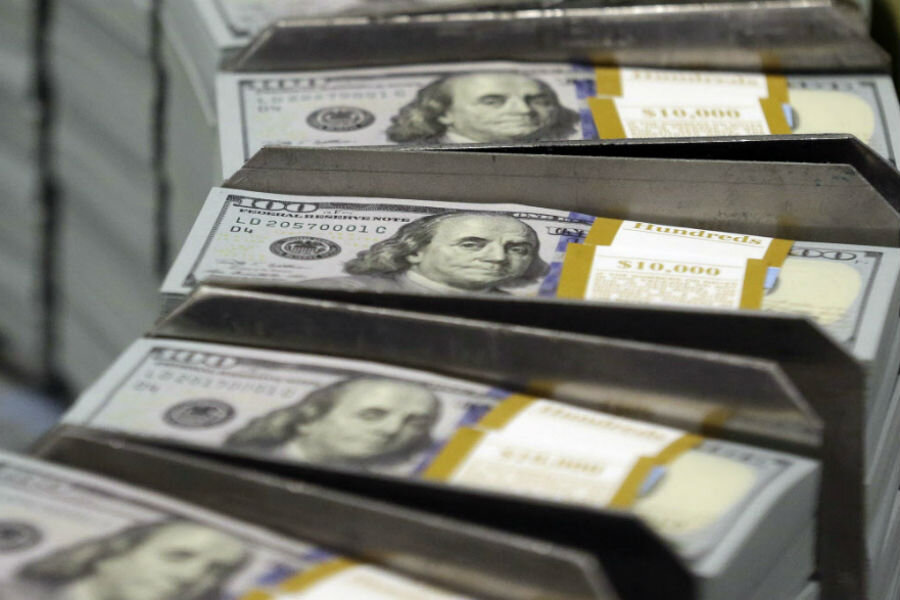Why it’s getting harder to spot counterfeit cash
Loading...
When a woman stepped into a Great Clips salon last year in Tracy, Calif., with her two children in tow, manager Julie Rudnick didn’t suspect a thing.
And when Rudnick used a counterfeit detector pen on the $100 bill the woman paid with, the ink stayed clear — the mark of a genuine bill.
It wasn’t until she took the money to the bank a couple of days later that she was told the bill was a fake.
Harder to detect, easier to make: This is the challenge posed by advancing technology in counterfeit money. Higher resolution, better color duplication and lower prices for printing have made it easier for counterfeiters to make passable fakes. In fiscal year 2015, nearly 70% of the $78 million in counterfeit currency passed in the U.S. was made using digital printing technologies, the Secret Service reports.
Six men were sentenced last year for creating fake $100 bills so sophisticated that the counterfeiters eluded capture for 15 years. And in September, a man living in his truck in Missouri was found guilty of printing over $9,000 in phony $100 bills.
Todd Mulbarger, owner of the Great Clips salon in Tracy and seven other locations in California, estimates he loses $300 to $400 a year due to counterfeits. Rudnick says the damage may be even greater, considering that cashiers might not recognize fake bills and may inadvertently give them to customers with their change.
Here’s how to protect yourself against counterfeit cash:
Know the marks of real cash
Genuine bills $5 and higher will have a watermark and security thread. Check the bills against a light to see these features. Tilt notes $10 and higher to check that the numeral in the bottom right corner shifts from copper to green. The newest $100 bills will have an additional 3-D security ribbon patterned with bells and the number 100. All bills should feel thick and slightly rough to the touch. Learn about other security features on the U.S. Currency Education Program’s website.
Keep an eye on local news
Mulbarger says counterfeit bills tend to come in spurts. If counterfeit money is showing up in your community, your police department’s Facebook page or local news outlets should spread the news.
Report any counterfeits
Tell the police or your local Secret Service field office. This can help authorities track down the source and prevent further damage to your community.
Stay alert during busy times
Rudnick says counterfeiters exploit the frenzy caused by having many customers in a store at once. Businesses and shoppers should pay particular attention during the holiday season and other times when business may be up.
Once a fake is recognized as such, you won’t be reimbursed, the Treasury Department says. You would have to eat the loss, Rudnick points out, then asks — what if you’re a single mom with kids to feed?
But technology has also helped law enforcement crack down on counterfeits through improved security features, says Elena Quercioli, assistant professor of economics at the University of Texas, Rio Grande Valley.
“Think of it as a game,” she says. “The better they get at counterfeiting, the better we get at catching the counterfeits.”
Although counterfeit bills are increasingly sophisticated, Mulbarger says the number of fake bills he sees at his businesses has actually dropped significantly over 20 years, because more people are using credit cards. Cash sales, which used to account for around two-thirds of his revenue, now make up about one-third. “And it’s slipping every year,” he says.
Amber Murakami-Fester is a staff writer at NerdWallet, a personal finance website. Email: amufe@nerdwallet.com.
This article was written by NerdWallet and was originally published by USA Today.







